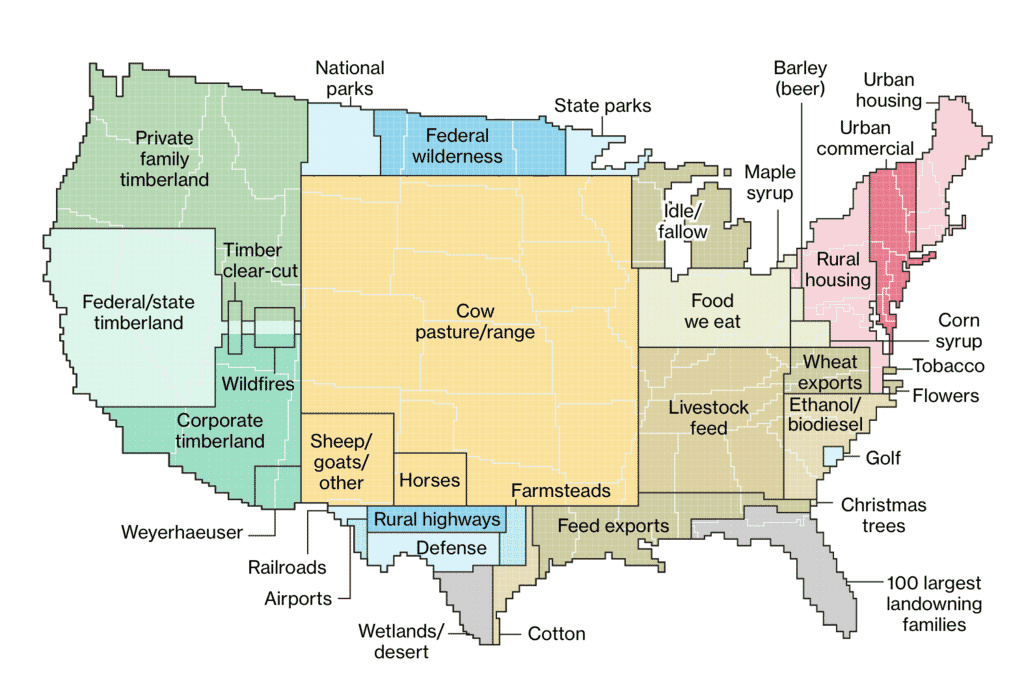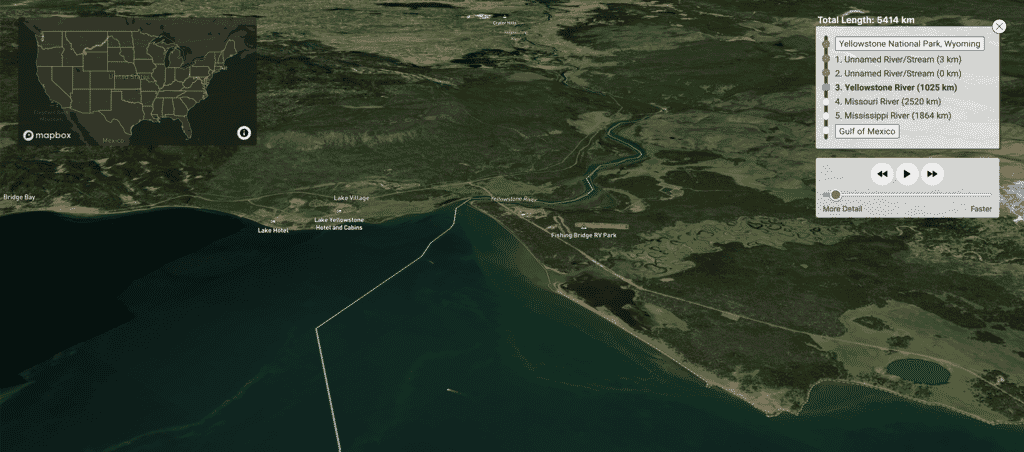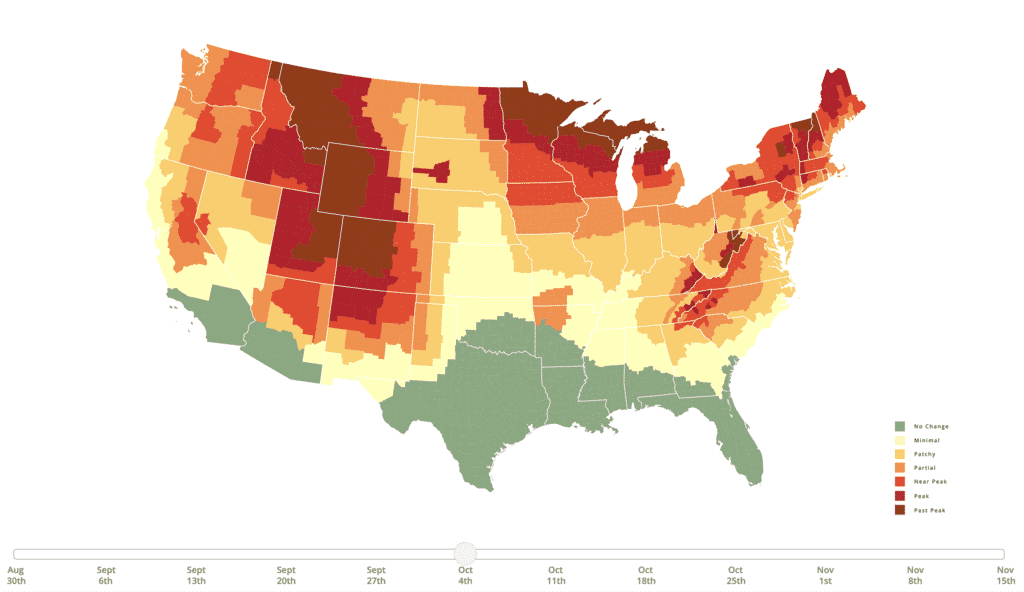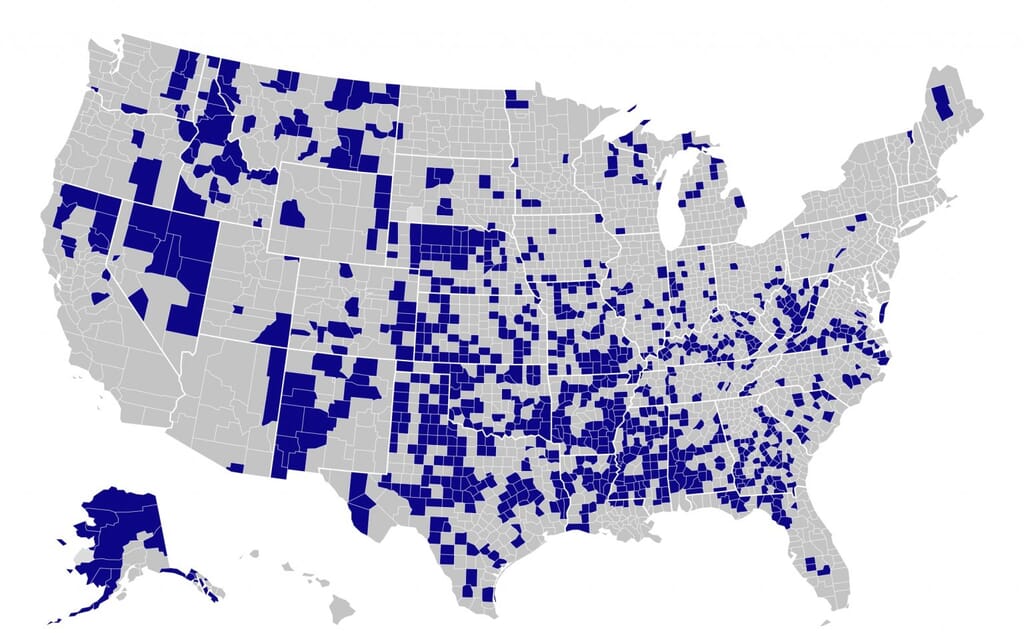Humane today announced their until now secret device – the Ai Pin. Check out the 10-minute introductory video with co-founders Imran Chaudhri and Bethany Bongiorno. Cost is $699 for the device plus a $24 monthly fee to access the T-mobile network. I can’t wait to see how this is received/adopted by consumers. Will it be the paradigm-shifting device they hope it will be or the next Google Glass?
Using ChatGPT for Regex
Over the past few months, I’ve been experimenting a lot with AI – ChatGPT, Stable Diffusion, Midjourney, and the explosion of Chrome extensions that put AI at your fingertips. I’ve used it to create images, draft emails, and conduct research.
So far, one of the most beneficial real-world uses for me has been with writing regular expressions. I use regex primarily with Google Analytics or Looker Studio – and only sparingly. So each time I want to use regex I have to “relearn” how to write an effective (and accurate) regular expression. Enter ChatGPT.
I gave the following prompt to ChatGPT:
Create a regular expression to find all pages that begin with /part-finder-single/ and contain lookup=vin
Within about 2 seconds, ChatGPT responded not only with the regular expression I needed (see below), but also an explanation of the components used with examples of strings that would match as well as strings that would not match. Take a look.
Sure, here’s a regular expression that should match all pages that start with “/part-finder-single/” and contain “lookup=vin” anywhere after it:
^/part-finder-single/.*lookup=vin.*Here’s a breakdown of the different components of this regular expression:
^matches the beginning of the string./part-finder-single/matches the literal characters “/part-finder-single/”..*matches zero or more of any character after the “/part-finder-single/” part.lookup=vinmatches the literal characters “lookup=vin”..*matches zero or more of any character after the “lookup=vin” part.So this regular expression will match strings like:
- /part-finder-single/?lookup=vin&make=Toyota
- /part-finder-single/?year=2022&lookup=vin
- /part-finder-single/?lookup=vin&model=Corolla
- /part-finder-single/abc123?lookup=vin&make=Honda
but it won’t match strings that don’t start with “/part-finder-single/” or don’t contain “lookup=vin”, such as:
- /part-finder-single/
- /part-finder-single/?lookup=vehicle
- /part-finder-single/1234567890
- /part-finder-single/?make=Ford&model=Mustang
Google’s Year in Search 2022
See what Google Search Trends reveal about the questions we shared, the people who inspired us, and the moments that captured the world’s attention each year.
How America Uses Its Land
There are many statistical measures that show how productive the U.S. is. Its economy is the largest in the world and grew at a rate of 4.1 percent last quarter, its fastest pace since 2014. The unemployment rate is near the lowest mark in a half century.
What can be harder to decipher is how Americans use their land to create wealth. The 48 contiguous states alone are a 1.9 billion-acre jigsaw puzzle of cities, farms, forests and pastures that Americans use to feed themselves, power their economy and extract value for business and pleasure.
Putting all those pieces together, this map gives you a rough sense of all the ways U.S. land is used. Much of U.S. land serves specific purposes, such as the 2 million acres devoted to golf courses or the 3 million acres for airports.

Read the full article to get more details.
QR Code Nerdery
I found this great article that explains how QR codes actually work.
The 2022 Forbes Cloud 100
The Forbes Cloud 100 is back for 2022 with some interesting entries… Stripe at the number one spot, Figma at number 5, and appearances by Zapier, Calendly, Webflow, and 1Password. All services that I have used from their early days.
See the full list here.
River Runner
I ran across a cool web app / data visualization called River Runner. Click on the map to drop a raindrop anywhere in the world and watch where it ends up. Not only does it list and map every waterway the raindrop would take to get to the ocean, it follows the route via an interactive flyover style animation.

Fall Foliage Prediction Map

This is pretty cool visualization. The accompanying article provides an interesting explanation of the science behind photosynthesis, Chlorophyll and the reason leaves change their color each Fall.
Autumn is a second spring when every leaf is a flower.
– ALBERT CAMUS
America’s Broadband Problem
The Verge has compiled a map of broadband access in the United States, painting a troubling picture for a country increasingly dependent on high-speed Internet service. The Verge’s map lets you mouse over each county in the United States to see the percentage of people using the Internet at speeds of 25 Mbps or more. Blue areas indicate areas in which less than 15% of the population has access to those speeds.

via Tibits.com
Scientists Reveal World’s First 3D-Printed, Marbled Wagyu Beef

Scientists from Osaka University have manufactured the world’s first 3D-printed Wagyu beef by using stem cells isolated from Japanese cattle, according to a press release. The product looks like a realistic steak piece containing muscle, fat, and blood vessels.
The cell-based meat industry could be worth $20 million by 2027, according to Markets and Markets. If such projects can disrupt the food supply chain, the 3D printing revolution may one day eliminate the need to source meat from the cattle, paving the way for a new, more sustainable way to enjoy meat in the future.
